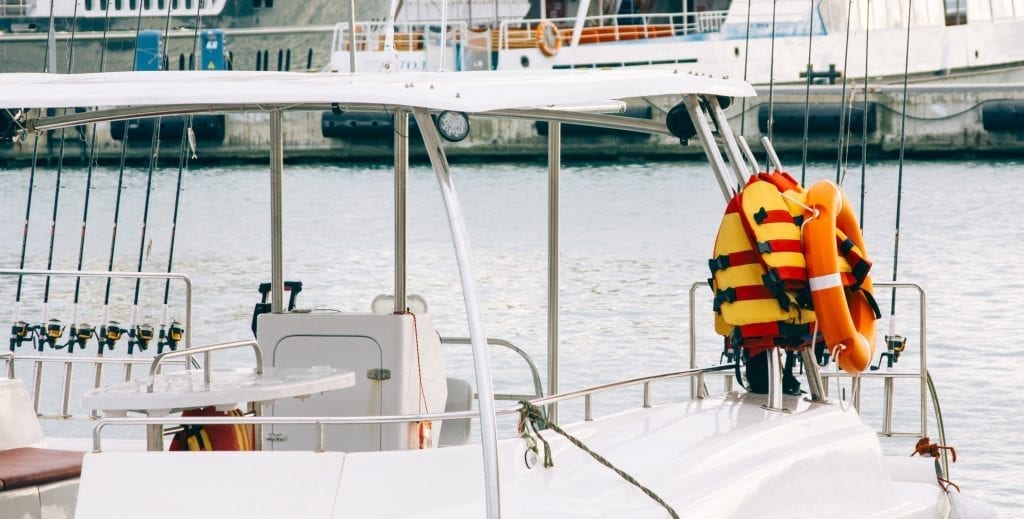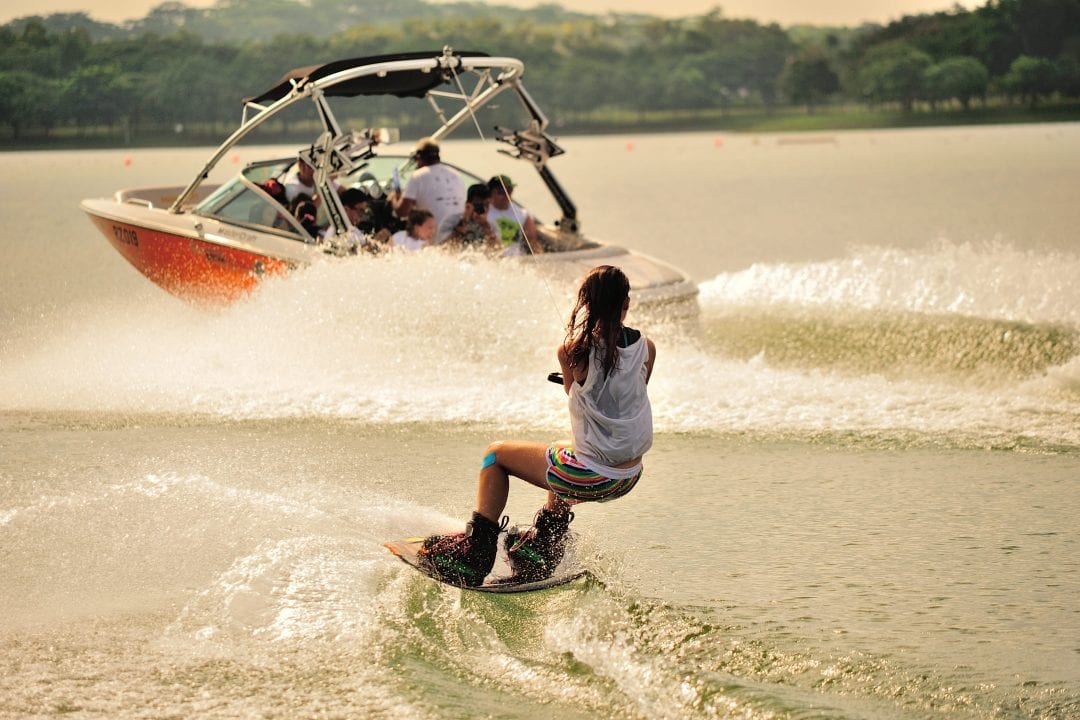No products in the cart.
Nautical
Essential care to ensure safety in water sports
The practice of water sports requires the use of quality products, which provide safety and tranquility to users and can withstand the weather of the sea.
For your leisure time to proceed as planned, the safety of passengers must always be prioritized. Some measures must be observed, and the equipment used must be adequate and meet technical requirements.
Know what precautions to take before boarding
Before you go sailing, do a good overhaul on your boat to make sure that all the equipment needed to ensure good performance is in order.
Check the engines and make sure there is enough fuel for the planned trip.
When towing a boat, secure it securely to the trailer. Always be prepared in case of sudden braking, which can project the boat on the car that pulls it. Remember that the cart with the cart needs twice as much space to brake as under normal conditions. Drive at low speed and be very careful.

Every boat must have at least one life jacket onboard for each passenger. They do not need to wear them, but the vests must be kept in an easily accessible place. Children should always wear vests.
Never exceed the passenger capacity of your boat. If you are not sure how many people can be transported, adopt the criterion of one person for each meter of hull length.
See how to avoid accidents on board
Small sailboats usually turn easily in the water. Therefore, tie everything you are carrying on the boat, such as oars, bowline, rudder, and luggage, to avoid losing them in case of incidents.

If someone accidentally falls into the water, don’t lose sight of them. Ask someone to look at him and indicate the way forward to rescue him.
Avoid alcoholic beverages on boat trips. In addition to increasing the risk of accidents, they can make people more easily sick.
When you go sailing, inform the marina of your destination and the probable return time. So, if you have a problem, people will be alert and can trigger the rescue.
Respect your boat’s navigation limits. Do not venture with a small boat, designed for watertight waters, in the open sea.
Never approach a cable that is too tight, as it can break and cause a serious accident.
Never approach the boat to the beaches (the maximum limit is 200 meters). If you approach a bather, turn off the propellers.
Always take safety equipment
Every boat is obliged to take on board the safety equipment listed by the Navy, in an amount corresponding to its size and navigation category. Among them, we can cite:

-
- Owner’s manual;
- Navigation lights;
- Buoys and life jackets;
- First-aid box;
- Compass;
- Anchor with at least 20 meters of cable or chain;
- Bilge pump;
- Flashlight;
- Fire extinguisher;
- Whistle;
- Nautical charts of the region;
- International Regulation to Prevent Collisions at Sea —RIPEAM (with navigation rules, beacons, and a table of rescue signals).
Learn more about safety in nautical practices:

Equipment that provides more safety in nautical practices
There are several precautions and attention necessary when talking about aquatic practices. The lashing straps are used with nautical hand winches for lashing and dragging marine equipment. They guarantee practicality and safety… [continue lendo]


